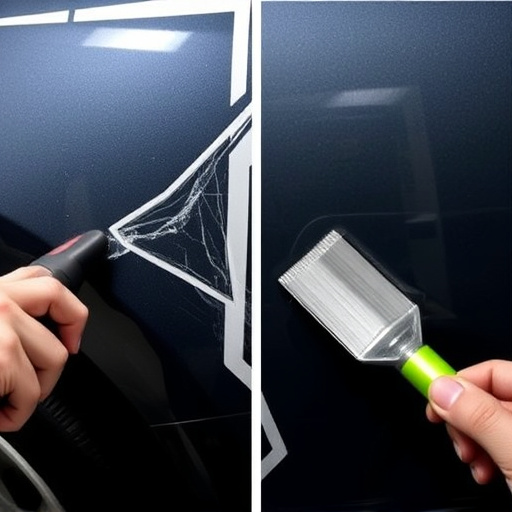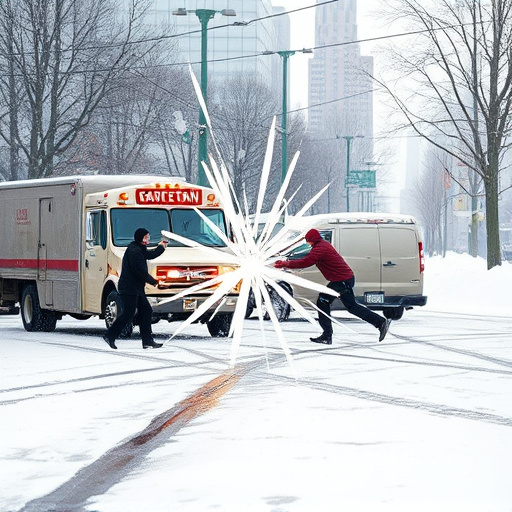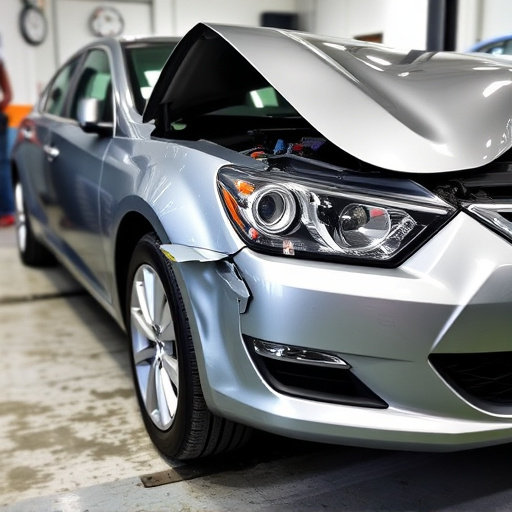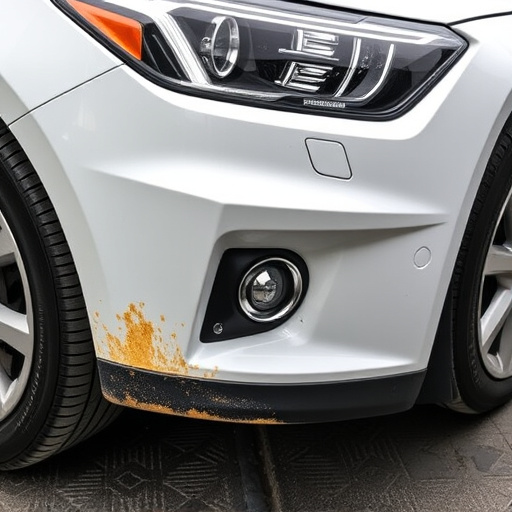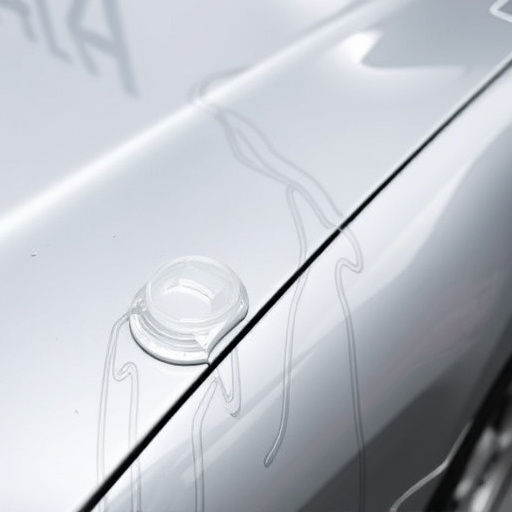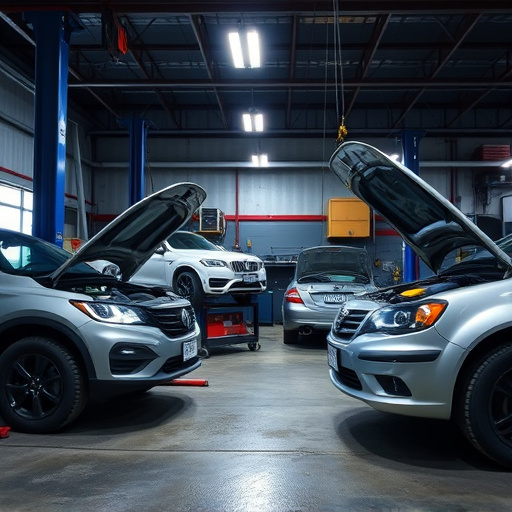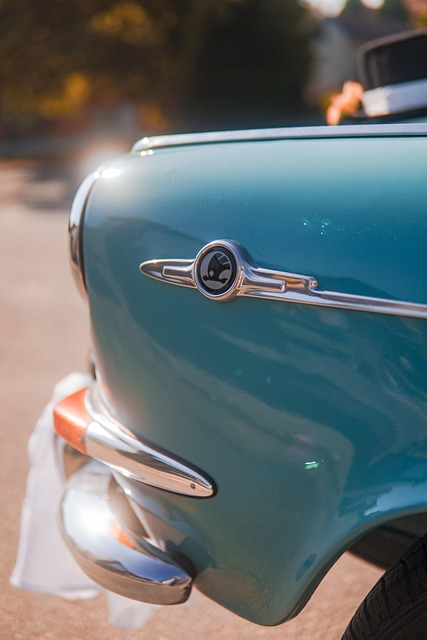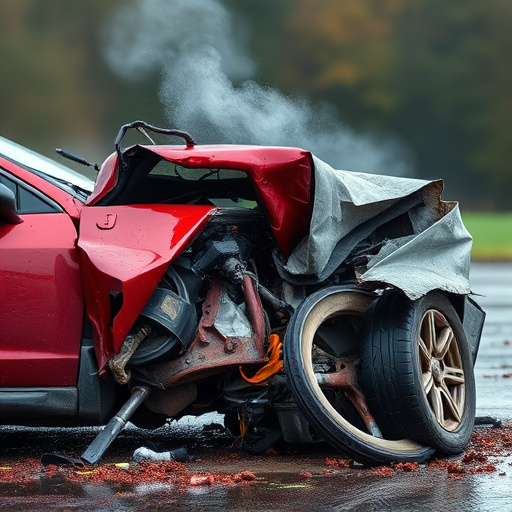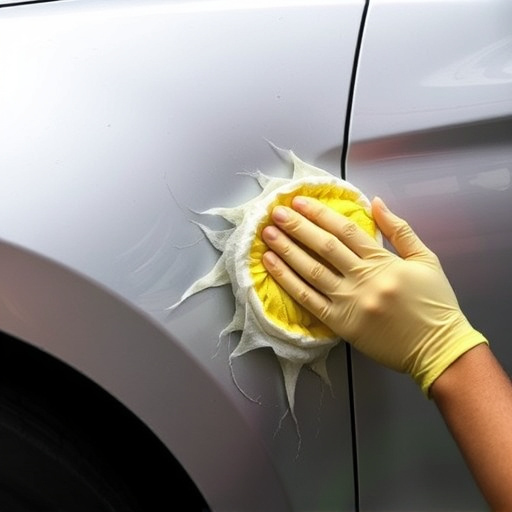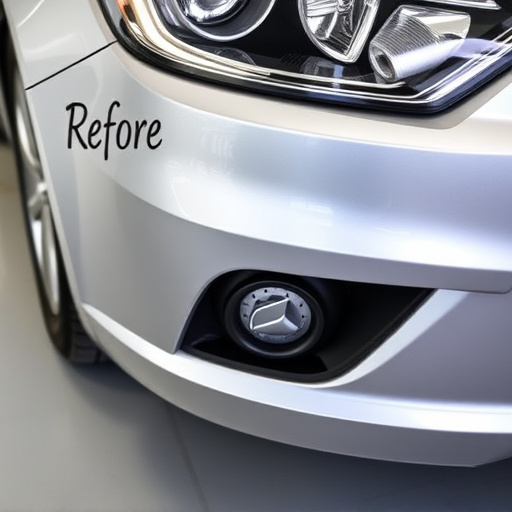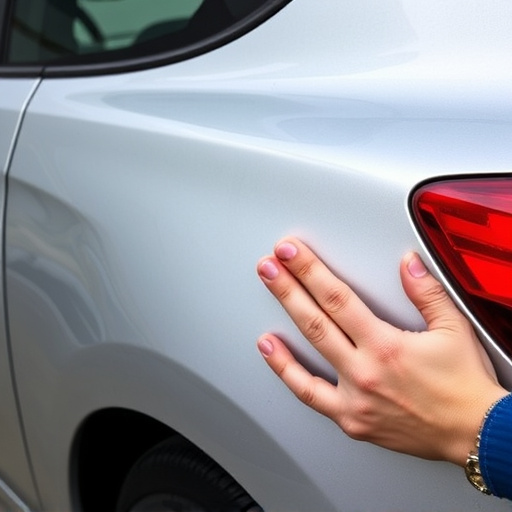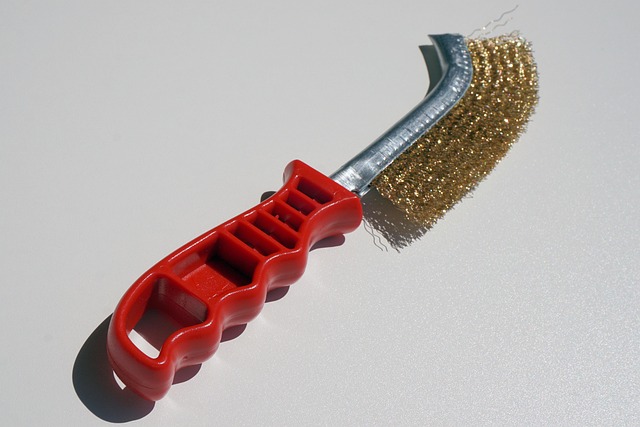Repair Photo Documentation is a critical tool for auto collision centers like Mercedes Benz repair shops, ensuring transparency and accountability in restoration processes. Capturing detailed visual evidence at each stage—from initial damage assessment to final inspection—creates comprehensive records facilitating clear communication with staff, insurance providers, and clients. High-quality images serve as proof of work done, enhancing trust and resolving discrepancies, especially in complex cases involving intricate Mercedes Benz components. Implementing this documentation improves customer satisfaction, simplifies warranty and insurance claims management, and fosters trust, making it a powerful asset for auto shops providing collision or dent repair and tire services.
“Repair Photo Documentation: Unlocking Shop Accountability and Transparency
In the automotive industry, maintaining accountability is key to ensuring quality repairs. This article explores the power of repair photo documentation as a game-changer for workshop management. We’ll uncover the basics, from capturing pre and post-repair images to creating detailed records. Understanding its benefits, such as improved customer trust and enhanced internal processes, is essential. Moreover, we’ll provide best practices to ensure effective implementation, allowing shops to elevate their standards and build a reputation for excellence through visual proof.”
- Understanding Repair Photo Documentation: The Basics
- Benefits of Implementing Comprehensive Photo Documentation
- Best Practices for Effective Repair Photo Documentation
Understanding Repair Photo Documentation: The Basics
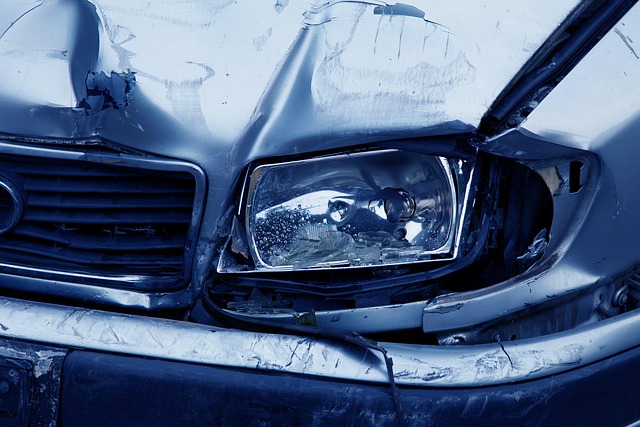
Repair photo documentation is a powerful tool that helps auto collision centers like Mercedes Benz repair shops maintain transparency and accountability throughout the restoration process. At its core, it involves capturing detailed, visual evidence of every step taken during a collision repair, from initial damage assessment to final inspection. These photos not only serve as records but also facilitate clear communication between shop staff, insurance providers, and clients.
By documenting repairs through high-quality images, auto collision centers create a comprehensive visual history that can be easily referenced if discrepancies arise. This is particularly beneficial in complex cases or when dealing with intricate components, such as those found in a Mercedes Benz repair. The photos serve as tangible evidence of the shop’s work, ensuring accountability and fostering trust among all parties involved.
Benefits of Implementing Comprehensive Photo Documentation
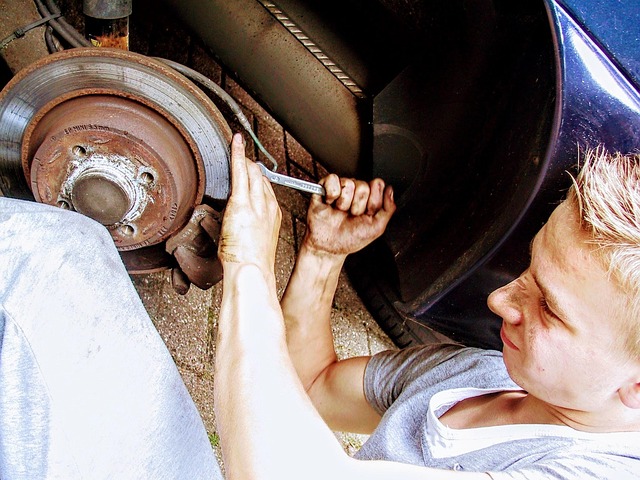
Implementing comprehensive repair photo documentation offers significant advantages for auto repair shops, particularly in enhancing accountability and improving customer satisfaction. By capturing detailed images throughout the repair process, shops can provide tangible records that serve as a visual timeline of the work performed. This transparency not only benefits the shop but also empowers customers to understand the extent of the repairs made on their vehicles.
Moreover, photo documentation plays a crucial role in managing warranties and insurance claims. For instance, when a customer avails automotive collision repair or tire services, well-documented photos can clearly demonstrate the condition of the vehicle before and after the service, ensuring that all parties involved are on the same page regarding the repairs conducted and any potential issues addressed. This level of detail can streamline claims processes, reduce disputes, and foster a culture of trust between repair shops and their clients.
Best Practices for Effective Repair Photo Documentation
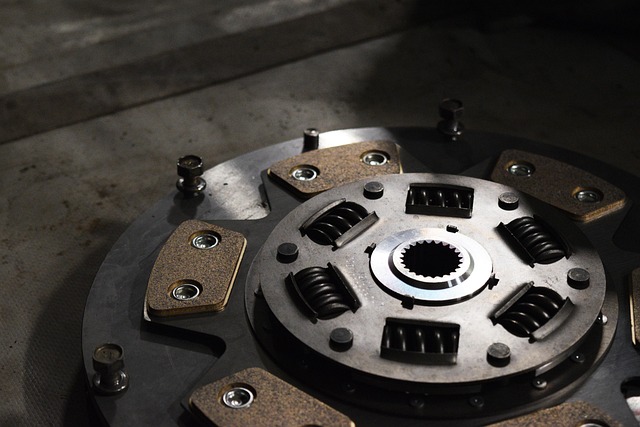
The practice of documenting each step of an auto collision repair or vehicle dent repair process through photography is a powerful tool for any auto shop to enhance its accountability and customer satisfaction. When executed effectively, repair photo documentation provides a clear, visual record that can serve as irrefutable evidence of the work performed. This becomes especially valuable in cases where customers dispute the charges or the quality of the repairs done at an auto collision center.
To ensure the best practices for effective repair photo documentation, shop owners and managers should establish a consistent photography protocol. This includes capturing clear, detailed images from multiple angles to show both before and after pictures of the repair work. For instance, photos of vehicle dents before their removal, along with shots of the replacement parts or repair process, can demonstrate the extent of damage and the quality of restoration. Additionally, ensuring proper lighting conditions and using a consistent camera setting for all photos aids in maintaining visual consistency throughout the documentation.
Repair photo documentation is a powerful tool that significantly enhances shop accountability. By meticulously capturing and organizing repair processes through photos, shops can ensure transparency, improve customer satisfaction, and streamline operational efficiency. Implementing comprehensive photo documentation not only allows for better tracking of repairs but also serves as a valuable reference for future similar cases. Adhering to best practices ensures these visual records are accurate, clear, and easily accessible, fostering an environment of trust and accountability within the shop.
